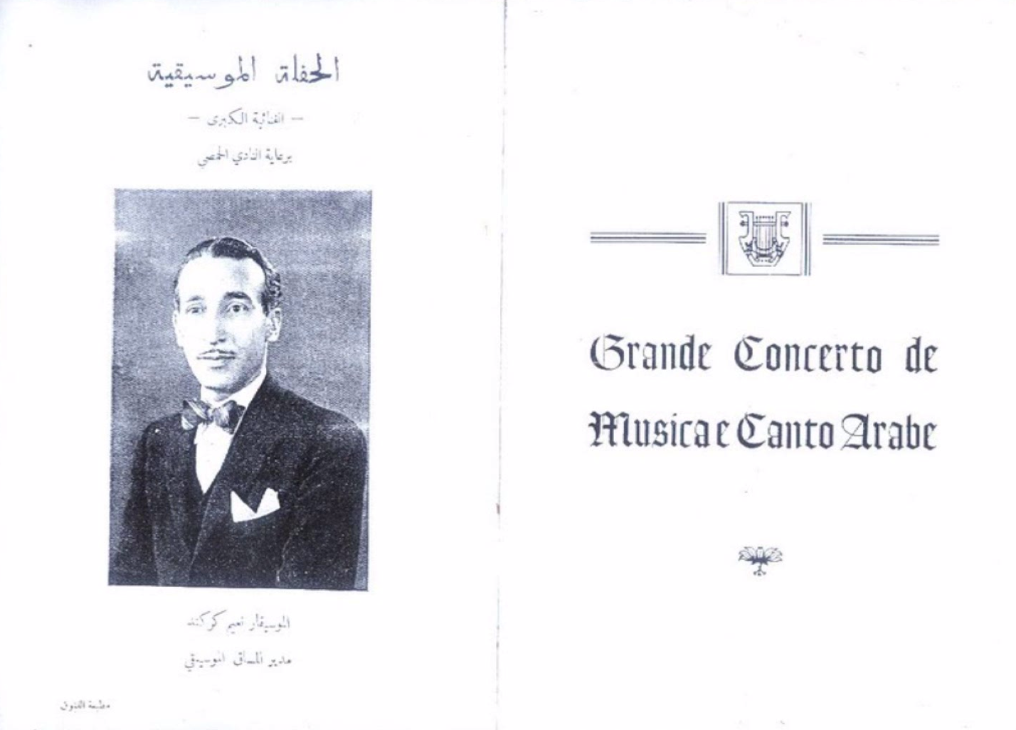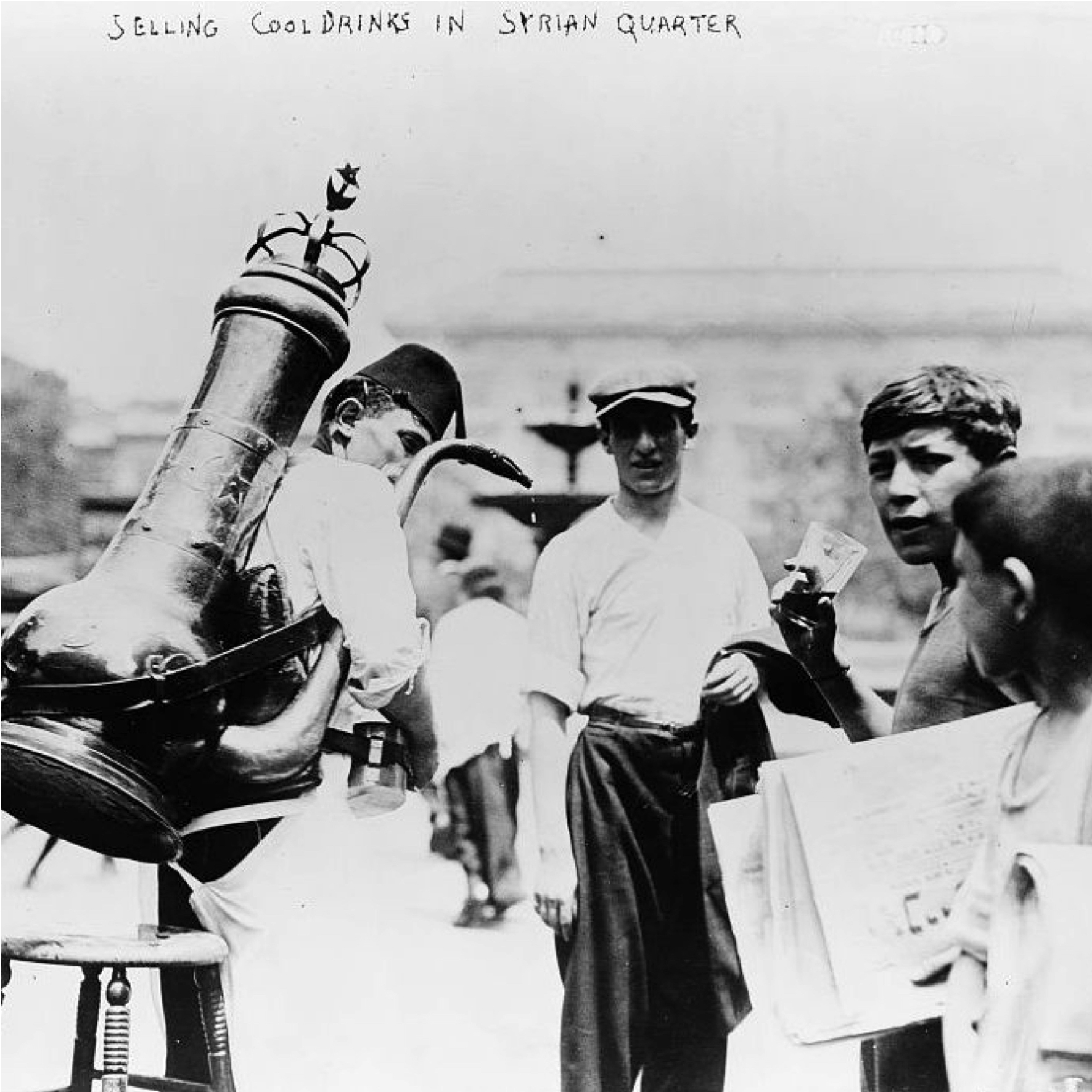The all-American story of Little Syria’s virtuoso violinist
Popular reports on early 20th century recordings often use words such as ‘lost’, ‘forgotten’, or others that cloak the music in mystery to describe them. One might question such behaviour, however, as the recordings in question are likely to be well-known among specialists, and can argue they are no more ‘lost’ than, for instance, aspects of spectroscopy among chemists. It is perhaps only those rare, extraordinary moments captured on record that have remained largely forgotten for which one might truly express remorse. Even if, one were to admit, the music was deeply obscure, would its value be merited by dint of its unfamiliarity? Most of what was recorded in early 20th century America has been neglected, as the masses and the industry slowly came to regard certain recordings as having no particular lasting value. With little demand for an interest in these recordings, a passive attitude was adopted in response: let it die – no regrets.
Discussions of vestiges of 78 rpms in the United States have focused on a continuum of jazz, blues, country, folk, and gospel recordings, as these genres are widely believed to have been the antecedents of mid-20th century greats such as Charlie Parker, Bob Dylan, Chuck Berry, and Aretha Franklin, upon whom the musical identity of the nation was built. In recent decades, the hundreds of thousands of recordings made by immigrants during the first half of the 20th century have been made available again, and studied somewhat as an expansion of the canon of vernacular American music. The music presented and researched has largely been that which has fit into pre-existing criteria for folk music, for instance (think aching songs of sorrow from remote lands, and the flying string-band dances of the hardworking proletariat), or which has suited the needs of an immigrant group seeking to reconnect with their roots, especially where easy retroactive labelling can be applied (e.g. the klezmer music of Ashkenazi Jews, Greek rebetiko, the proto-polka of northern Slavs, etc.).

An invitation to a concert by Naim Karakand in Brazil
There are, however, myriad ‘none-of-the-above’ cases of exemplary musicians who have, for reasons relating to cultural prejudice or indifference, simply been excluded from a story in which they may have otherwise served as interesting characters. Take, for instance, Naim Karakand, a violinist whose recordings, one may argue, can rank him among one of the most exceptional musicians of his time. American audiophiles may have heard about the saxophonist Coleman Hawkins, for instance, who was 15 years Naim’s junior, or the country musician Sara Carter, eight years younger than the violinist; yet, they are very less likely to have heard of Naim Karakand. Where, it can be questioned, are the books written about him? The discographies? Where is the sense that he mattered?
Naim Karakand was born in Aleppo, Syria, in 1891, and arrived in the US on his own through Ellis Island on October 9, 1909. According to his immigration documents, he had met a friend at 104 Greenwich Street in New York City’s ‘Little Syria’. Shortly thereafter, census records report him to have been living in a boarding house full of Syrians in East Brooklyn, a few blocks away from the Catholic church to which he belonged. On September 13, 1912, Karakand recorded at Columbia Records in Manhattan with musicians K. Nodar and Dikran Effendi at a session apparently arranged by the Armenian impresario M.G. Parsekian. Because the ethnicities of the others in the band were unknown, and are now probably beyond discovery as a result of their abbreviated credits, one can mention the then-22-year old Naim Karakand as being the first Syrian-American on record. Apart from a couple of cylinders presented at the 1893 World’s Fair in Chicago, Karakand’s recordings were the first-ever Turkish-language performances produced for commercial release in the US.
Today … Karakand’s [fame] has remained marginal. Could it be that the biggest mistake [he] ever made for his career and legacy was to settle in the New World, rather than in Cairo?
A 1916 performance issued by Columbia as part of both its Greek and Arabic series under the name Tatos Bishro was recorded nearly two decades later in Cairo by the renowned violinist Sami El-Chawa. El-Chawa is still held in the highest esteem as perhaps the greatest violinist of the Arab world in the early 20th century, having accompanied such singers as Yusuf Al-Manylawi, Abdul Hai Hilmi, Zaki Murad, and countless others. While it is possible that a copy of Karakand’s performance might have made its way into El-Chawa’s hands, it seems more likely that they were both drawing from the same repertoire. El-Chawa was only a few years older than Karakand, and was also a native of Aleppo. It is therefore not improbable, as Steve Shapiro – perhaps the most knowledgeable expert on Karakand – has proposed, that both learned the song from El-Chawa’s father.
Today, El-Chawa’s fame endures, while Karakand’s has remained marginal. Could it be that the biggest mistake the latter ever made for his career and legacy was to settle in the New World, rather than in Cairo? In the late 10s and early 20s, both Columbia and Victor began to limit their Arabic-language releases. Karakand, meanwhile, continued to record apace, both as a soloist and accompanist for smaller independent labels, particularly that of the Egyptian Copt A.J. Macksoud, who produced formidable records from his Washington Street-based label in Little Syria. Subsequently, however, after having made scores of discs, Karakand vanished from the US for more than 20 years. Why?
Less than two years ago, a five-minute documentary appeared on YouTube, showing that Karakand had moved to Bahia, Brazil during the 30s to join his brother Chukri and the Arab community there. While in Brazil, Karakand married and had children, but by 1950, had left his family to move back to Brooklyn alone, where he began his recording career again, this time under his own name for the Brooklyn-based Alamphon label. The video shows him with the Kalimat Orchestra, known to have accompanied the best-selling Lebanese-American belly dance musician of the 1950s, Mohammed El-Bakkar. Although no credits are given to the violinist, it certainly sounds like Karakand on El-Bakkar’s records.
Karakand’s last recording session at the age of 64 was not made for an immigrant audience, but rather for an Arab jazz/fusion session for Riverside Records under the leadership of bassist Ahmed Abdul-Malik (then of Thelonious Monk’s band), who was given violin lessons as a child and had spent time near the Arab section of Brooklyn. Unwritten in the history of jazz, it had become fashionable during the 50s among some musicians to attend the many ‘Oriental’ nightclubs, particularly up and down 8th Avenue between 40th and 50th Street, where modal music in various time signatures could be heard. It was no coincidence, then, that in the late 50s and early 60s a string of jazz LPs were released that were both modal and featured 4/4 time signatures. As well, the movement of many African-Americans towards Islam further worked in favour of the incorporation of musical elements from the Middle East in jazz. The influence of Middle Eastern musicians on those of New York is, in retrospect very clear, although it has never truly been delineated.
A letter from Karakand in Brazil mentions that the grief at the death of his son – a US serviceman – caused him to give up music. Karakand later died in Flushing, Queens, in 1973 at the age of 81 as one of the most prolific and talented popular fiddlers America had ever known.

